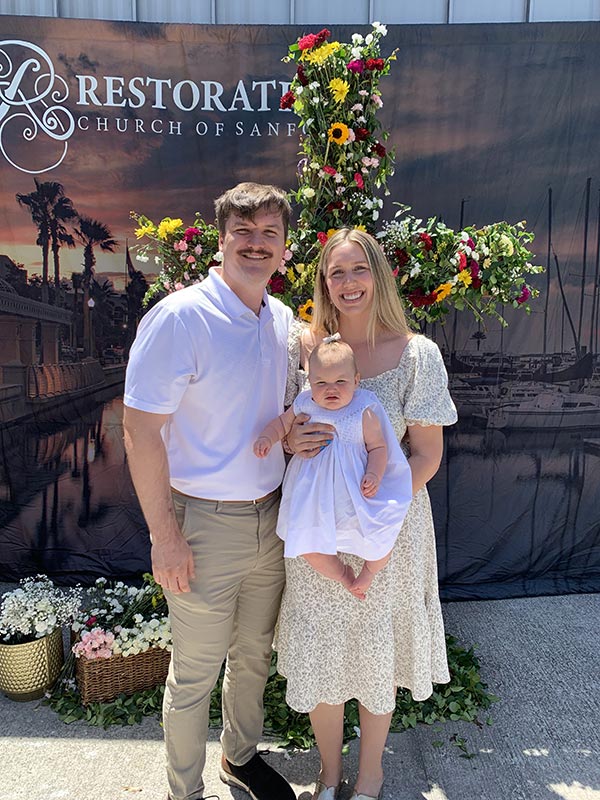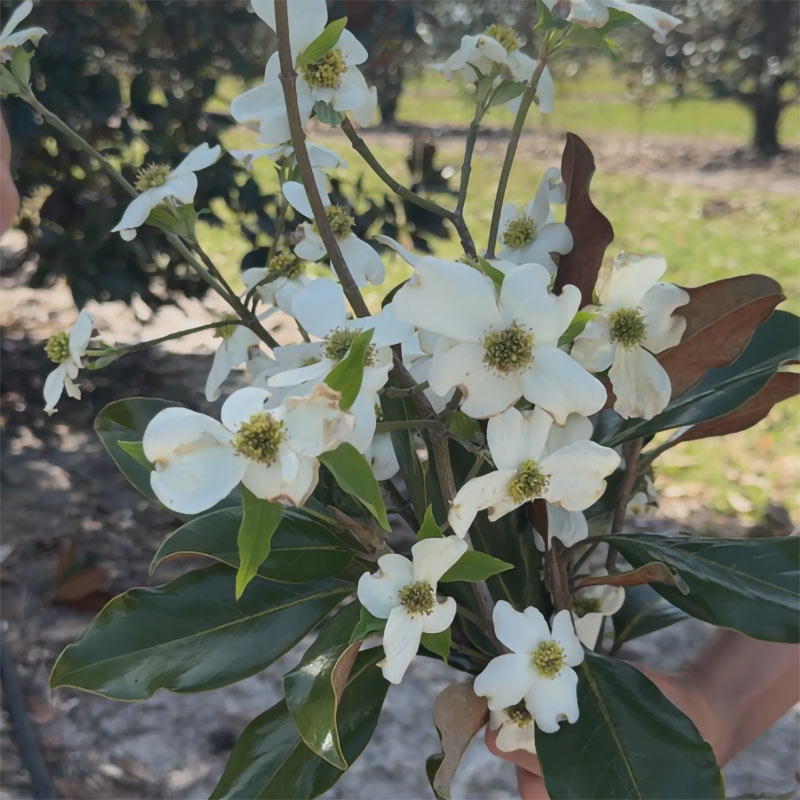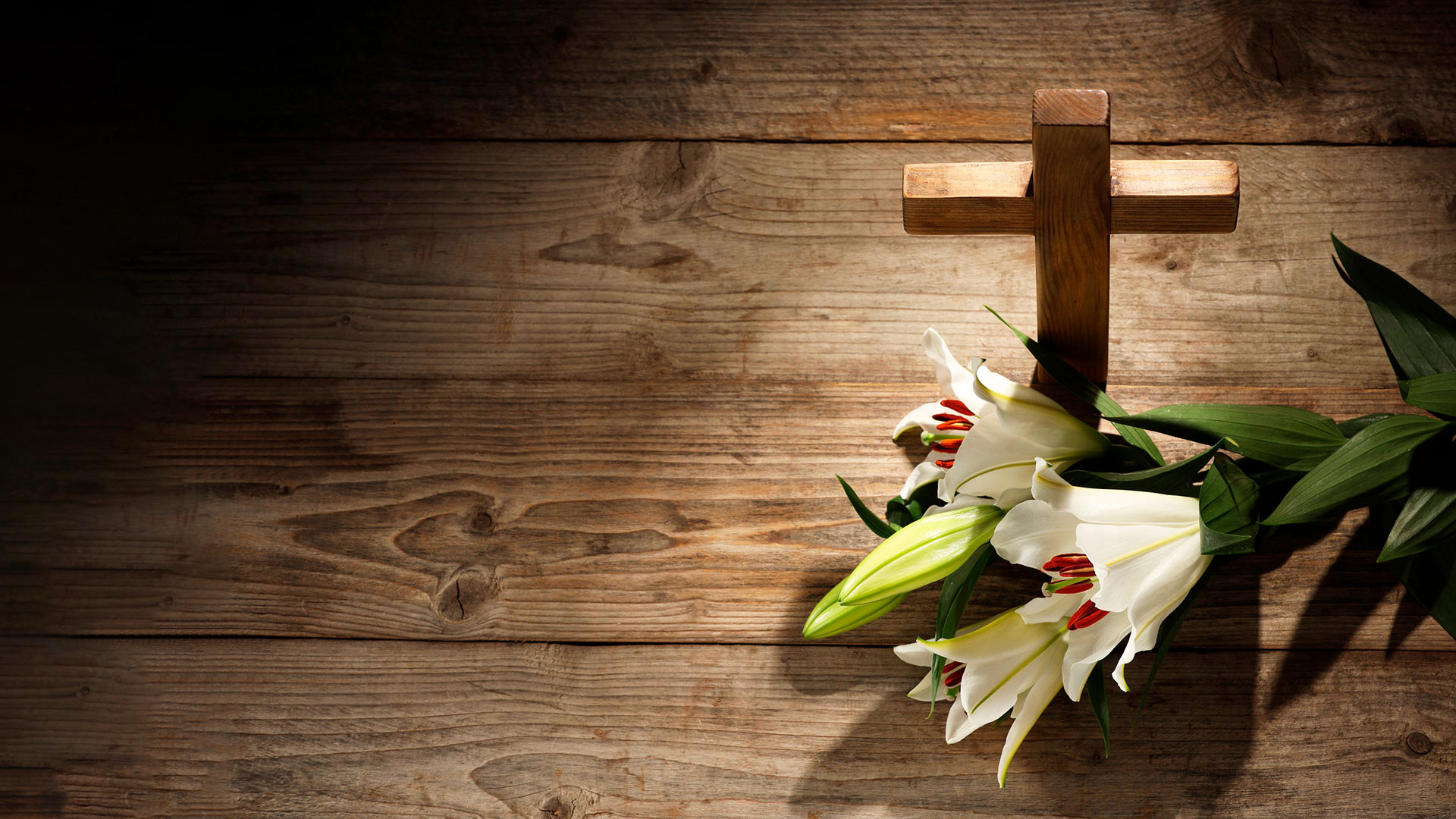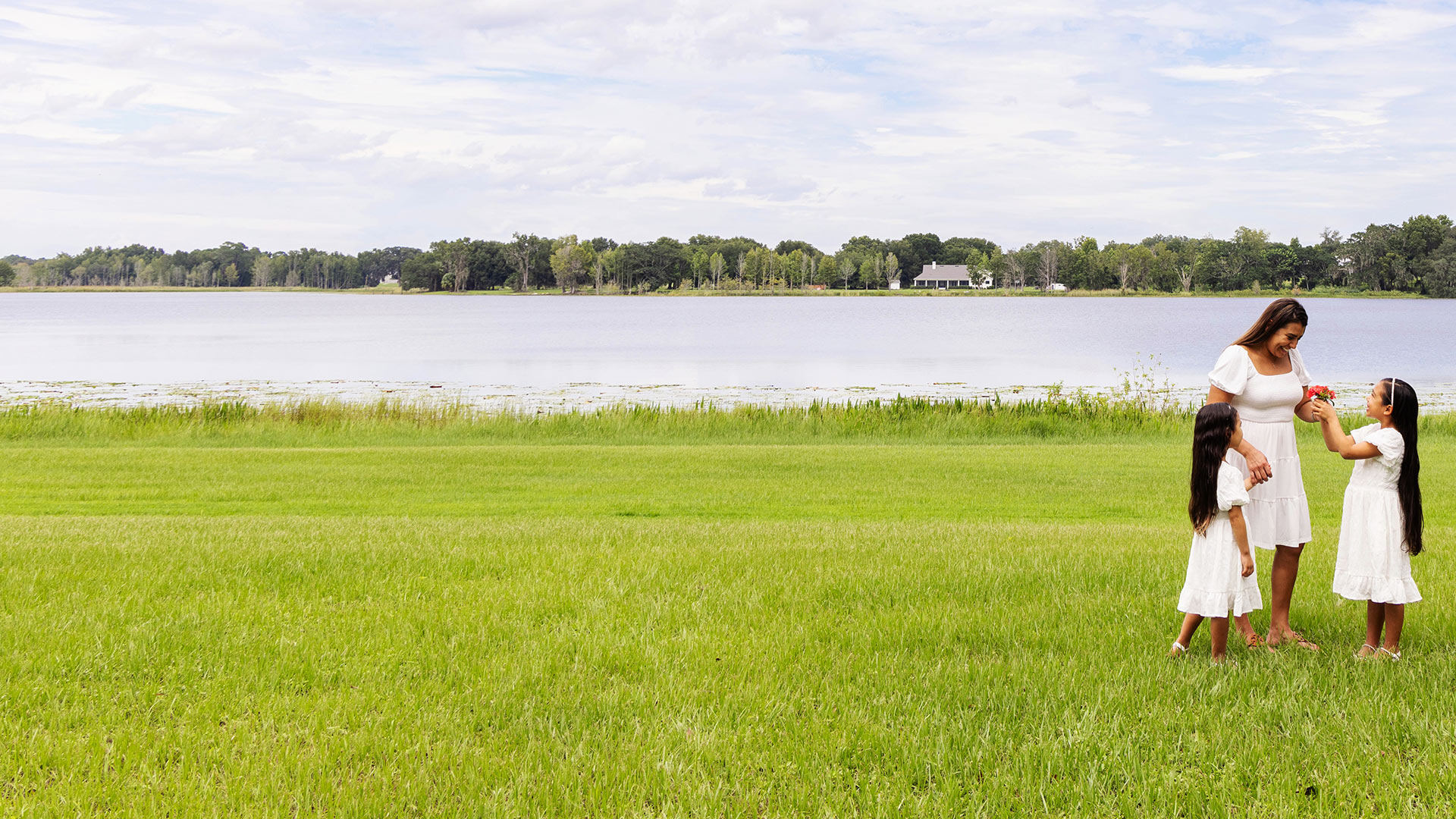Easter and Spring are like Peas in a Pod.
For many of us, the warmth and sunlight of springtime’s start is a magnificent breath of fresh air. The cold grayness of winter leaves more than a few things to be desired - chief among them, vibrance. When the snow finally melts and the pollen starts coating our cars, we welcome the best of nature’s beauty as it greets us in full swing.
Coinciding with the most wonderful time of the year (for nature) is Easter, a holiday steeped in both solemnity and joyous celebration. Transformation is at the heart of Easter, and it’s as if nature knows it.
We’re diving into the beautiful overlap between your springtime blossoms and Easter traditions, and we’ll even talk about the plants that help us celebrate!
The Symbolism of Flowers at Easter
Spring is an iconic symbol of hope, with the return of longer days and the buds of flowers everywhere. Flowers represent new life, purity, and rebirth. They’re nature’s promise: even after the hardest, darkest days, brighter things are ahead.
After Christ’s suffering and death on the cross, He resurrected 3 days later. The tomb was attended by Mary Magdalene, who went with other women to anoint His body - only to find the stone sealing the tomb’s entrance had been miraculously rolled away. The tomb itself was empty. We celebrate Easter as a powerful reminder of Christ’s triumphant resurrection, which offers the promise of eternal life to all who believe in Him and confess their sins.

Easter Traditions
1. The Easter Cross
The cross, fundamentally, is a device of pain and torture. It was an atrocious fate for all sentenced to its suffering. The Easter Cross is a powerful symbol of transformation, taking one of the darkest objects in Christianity and turning it into something beautiful.
Easter Crosses are crosses either made of wood dressed in wire or entirely of wire. The wire gives purchase to flowers, creating a cross shaped bouquet. Many churches erect Easter Crosses, and its memberes are encouraged to grace the cross with gifts of flowers to symbolize Christ's victory over death..
Representing hope and rebirth, flowers are the best decoration for this cross. New life quite literally erupts from the boughs of the cross. The result is stunning, fragrant, and extremely symbolic.
Popular choices for flowers to decorate your cross are:
- Easter Lilies
- Irises
- Daffodils
- Tulips
2. The Easter Tree
While Christmas Trees get all the attention, Easter Trees go overlooked. This activity is both whimsical and packed full of meaning. It’s especially great for getting kids involved in the meaning of Easter.
Grab a ball of yarn and your collection of plastic Easter eggs. Cut varying lengths of yarn, then place one end inside an open egg. Close the egg with the end of the yarn still inside. Tie the exposed end to the branch of a tree - inside or out.
Any tree will work for this, but if you have a Dogwood, it carries a little extra symbolism (more on that later). As you tie eggs onto your tree, be sure to leave your knots loose to avoid damaging the tree and to make removing your decorations easy.
You can also include candy or messages inside the eggs. Just be aware that plastic Easter eggs are not waterproof or squirrel-proof, so you may want to save your goodies for the day of Easter as part of an Easter egg hunt.
Why an Easter Tree? Eggs are a fun, colorful tradition in many homes. Like many parts of spring, eggs represent innocence, new life, and transformation. They’re also a representation of hidden gifts or blessings in disguise. A hard, plain, unassuming object is home to the joy of a soft, adorable little chick.
This meaning is so well understood that in pop culture, it’s not uncommon to find “easter eggs” in video games. Video game easter eggs are hidden, special, and they’re a gift from the creators of the game for those who are up to the task. The crucifixion and resurrection were blessings in tragedy - spiritual Easter eggs, if you will.
3. Easter Lilies
Known for their pure white color and unmistakable blooms, Easter Lilies are a popular plant that decorates homes, Easter Crosses, and church sanctuaries everywhere.
Easter Lilies are bulb plants, so like irises, daffodils and tulips, they’re among the first plants to bloom in the spring. Bulbs rely on cold temperatures to trigger their dormancy, and then eventual thawing of the last frosts to “wake” them up. Patches of barren looking soil will erupt in stalks of greenery, which give way to flowers.
Later in the year, cold temperatures and frosts will retrigger their dormant state, and once again, you won’t see very much above the soil. The cycle of life emerging from death is reminiscent and representative of the resurrection story, and it’s a big part of the reason Easter Lilies are so symbolic.
The white blooms of Easter Lilies, like many white flowers, represent purity and virtue. With the blooming correspondence of Easter itself, this is often interpreted to represent the absolving of humanity’s sins through Jesus’ sacrifice.
Some sources say that Easter Lilies grew in the Garden of Gethsemane, where Christ prayed the night before his crucifixion.
4. The Dogwood Tree

Another beautiful blooming plant at Easter is none other than the Dogwood Tree. Like Easter Lilies, this tree notoriously opens its white and pink blossoms around the holiday after baring lifeless branches all winter long. The Dogwood is a cold hardy tree, even in its dormant state, signifying nature’s eventual triumph over the dead season.
Once again, the colors of these blooms represent innocence, purity, and virtue. Pink blooms carry the added meaning of compassion and love. The center of the blooms is said to represent the crown of thorns with their protruding stalks. Most importantly, the four petals of the flower represent each nail used to bind Christ to the cross. Pink petals are often darkest at the tips, and this symbolizes those wounds.
It is rumored that the cross was made of Dogwood, but this is a matter of some debate among historians and theologists. At the end of the day, these symbols carry the power we ascribe to them. If evergreen trees are the Christmas Tree, then with all the meaning in a Dogwood, why not make this tree your “official Easter Tree?”
Happy Easter, from Seeds of Life!


